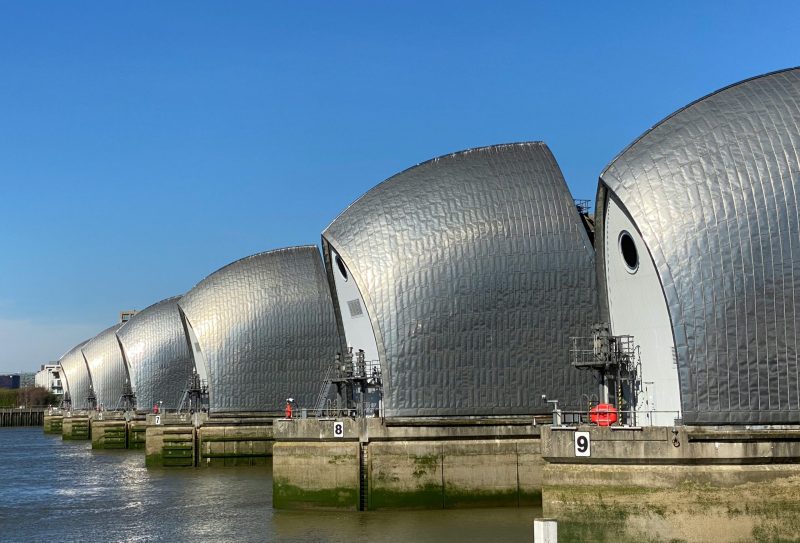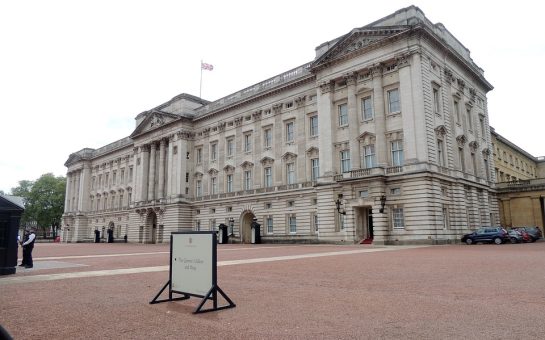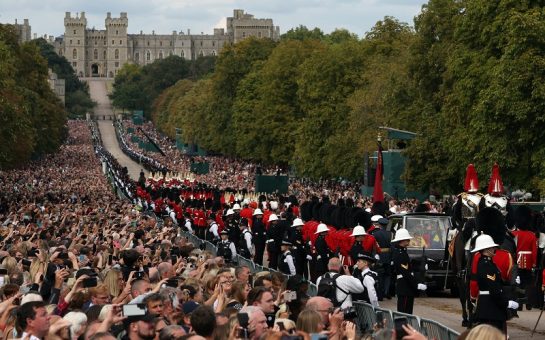The Thames Barrier, responsible for protecting London from flooding celebrated its 40th Anniversary on 8 May.
In a statement from the Environment Agency, the barrier which is one of the largest moveable barriers in the world, is part of a series of flood defences across the wider estuary covering 125 square kilometres of Central London encompassing over 1.4 million people and more than 4,000 buildings.
The anniversary also marks the final day of Andy Batchelor serving as Thames Barrier Manager after 25 years in the role – Mr Batchelor’s first construction job was building the associated flood defences, seeing the barrier being built and begun a new job on the opening of the barrier, remaining there ever since.
Mr Batchelor said: “Having witnessed and worked on the Thames Barrier’s opening, I am immensely proud of the protection it has provided London for the past 40 years and will continue to provide for years to come.
“Its reliability and effectiveness demonstrate the sophistication of its design by a very talented group of engineers and the continued maintenance and operation carried out by the Barrier team.
“However, we will not rest on our laurels given the threat of rising sea levels, which is why we have committed to working with partners to review and decide on an end-of-century option by 2040 in our Thames Estuary 2100 Plan, to ensure the capital is protected over the longer term.”
During its 40 years in service, the barrier has been closed 221 times in order to prevent flooding in the area.
The barrier was only meant to be in operation until 2030 but due to its design and build, the Thames Barrier will continue to protecting London until 2070.
The Barrier’s future was encapsulated in the Thames Estuary 2100 plan set out in 2023 focusing on protecting London from rising sea levels impacted by climate change.
Environment Agency’s Executive Director for Flood and Coastal Risk Management Caroline Douglass said: “The Environment Agency is hugely proud of the protection provided by the Thames Barrier, which has defended London for more than 40 years and continues to do so now and into the future.
“Alongside the invaluable role of the barrier, the approach set out in our Thames Estuary 2100 plan ensures we and our partners take the steps required between now and the end of the century to bolster the capital’s resilience to climate change and enable it to continue to thrive, by effectively managing flood risk from rivers and the sea in London.”
The Barrier took eight years in order to build and cost approximately £535 million – or about £2.4 billion in 2024 – in order to build.
Its finest hour came in the winter of 2013/14 where it closed 50 times in just 13 weeks and prevented any flooding within London.
Featured image credit: John Cameron on Unsplash Licence





Join the discussion